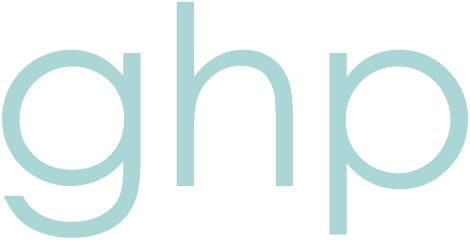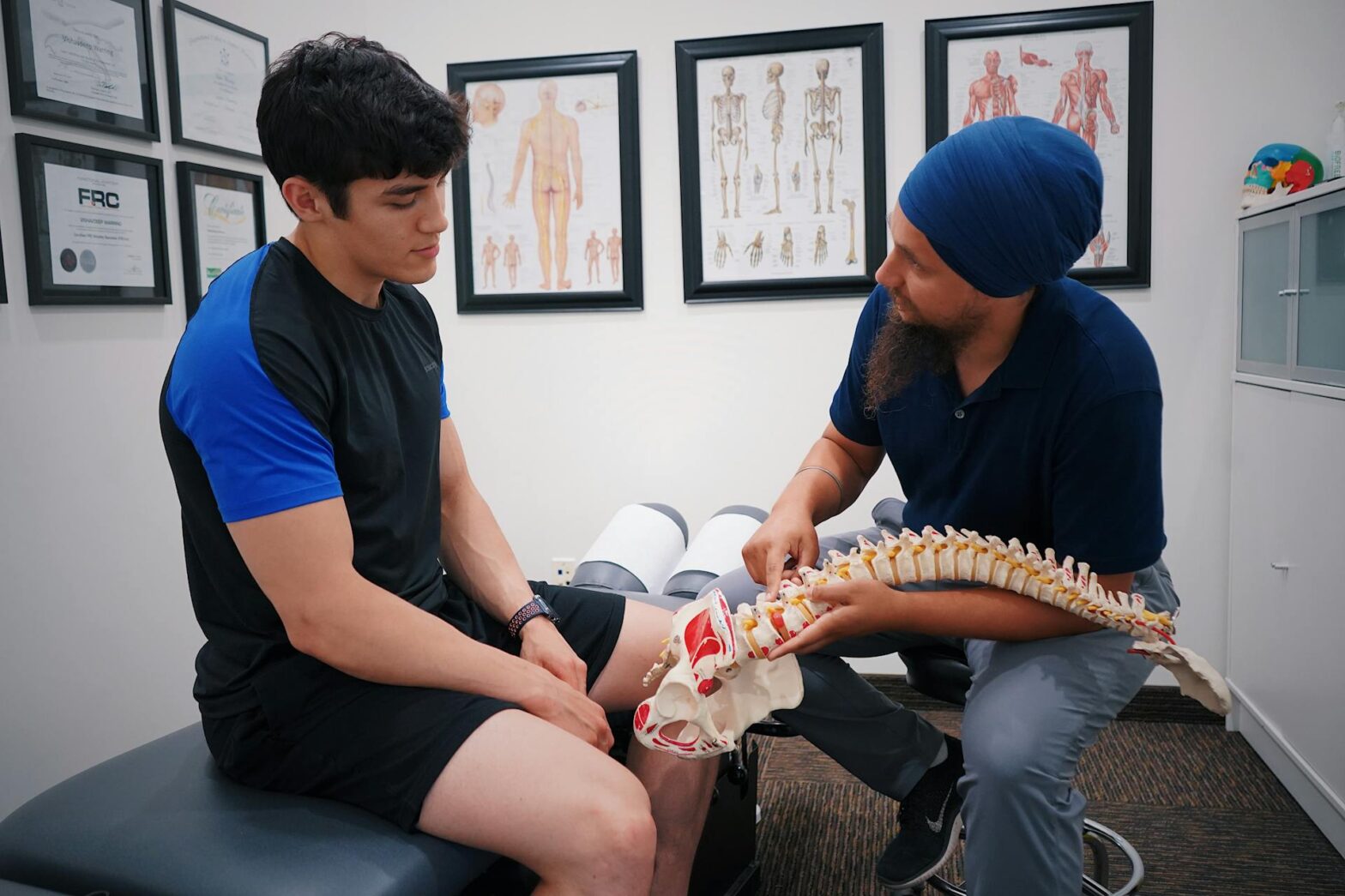
Becky Graebe, senior strategy director at Firstup looks at five healthcare staffing challenges, tips for improving them, and the role technology can play.
Working in Healthcare has never been harder. Staffing is a significant concern for the majority of hospitals, with many struggling to find enough candidates to fill open positions. The problem of finding qualified personnel in this sector is across the board. Hospitals of all sizes, with varying numbers of beds, are feeling the effects of staff shortages.
Beyond recruiting during a tough job market, retention is even more difficult with the increase in turnover and employee burnout. Furthermore, the turnover of staff costs healthcare facilities money and affects treatment outcomes, and, unsurprisingly, overall morale drops. There is less time available for patient care, which leads to health complications, increased infection rates, and medication errors. The loss of a healthcare employee is expensive as the costs of finding, selecting, recruiting, and training new employees quickly begin to accumulate.
Even more critical is the level to which healthcare workers are grappling with high levels of fear, fatigue and stress amid the pandemic, with widespread burnout fueling turnover as employees seek positions with fewer stressors. Burnout symptoms such as poor decision-making, poor job performance and a lack of empathy must be addressed to retain valuable staff.
So, with the challenges coming from all directions, what are some of the ways that hospitals can improve the employee experience? And how can technology help to create a culture that not only improves the experience and well-being of existing employees, but gets it a reputation for employee wellbeing that attracts the best talent?
Take the pulse of the workforce
Employees are on the front line of every process that makes the day-to-day operations of your healthcare organization run smoothly. Therefore, they know best what can improve their jobs. For example, they may know how to automate some standard procedures, can offer scheduling suggestions for serving patients better, or have creative ways to improve morale.
Placing value on employee input highlights their importance in the workplace and shows them your appreciation. Furthermore, it gives them the chance to speak up about concerns they may have about their working environment so you can take action to improve the situation as needed. Reducing stress or conflict in the workplace can ease the burden on employees and ultimately creates a better patient experience.
Employee polls and surveys are a great way to take the pulse of your entire organization. Many employee engagement platforms allow you to create polls, target the right workers, and send follow-ups to improve response rates. Then, track and measure your results and use the data to drive improvements.
Create communications that matter
In a healthcare setting, it’s important to ensure that every employee is connected, whether they sit behind a desk, in a clinic, or on the front lines. One of our own recent studies found a significant disconnect between how companies believe they’re connecting with workers and what is actually happening. Among the findings:
- 85% of employees said they lose at least one to two hours of productivity a week searching for information
- 80% of employees said they feel stressed because of ineffective company communication
- 78% of employees said communication should be a higher priority for their company
- 36% of employees said they don’t know where to find the information they need to do their work
- 36% of employees said they have been in an unsafe situation because of poor communication.
Having one platform or app—where employees can access vital information, but also help connect them with other employees—can help build a bridge. It can also allow for targeted messaging to the channels that need it most, whether that’s by specific regions or locations or so leaders can speak to their staff more directly.
Building a culture and community
For a workplace to be healthy, community building must be at the core. As Kenzie Academy says, “the ever-changing work world and culture at large are ready for a more human-centered approach to the way we live, work, and relate to one another.” When an organization puts people first, it reinforces the belief that the work each person is doing is worthwhile and respected.
To build a better community, it takes focusing on a few key areas. First, establishing a positive, healthy workplace through acts of kindness, increased positive social interactions, and showing gratitude by celebrating work wins as well as life wins. From personal or company-wide emails recognizing individuals for their efforts to simple gifts as a sign of appreciation.
Having clear and consistent communication, showing empathy, being transparent, and setting boundaries are all key to a healthy working environment. Shared decision-making, collaboration, and buy-in are critical to a healthy, positive work environment.
Diversity and acceptance also need to be a top priority. Workplaces with a strong sense of community will not tolerate hate speech, discrimination, or bias. They’ll make people feel welcome no matter their differences, with systems in place for diversity and inclusion training as well as safe ways to report instances of discrimination without repercussion.
Boosting morale and employee satisfaction
Morale is a leading indicator of employee retention. That’s because, when your staff is happier, they are less likely to leave. They’re also more likely to recommend your organization to their peers who might be looking for employment, and they become your greatest advocates when they discuss their job with friends and family.
To increase morale and workforce satisfaction, take a look at the pulse survey suggested earlier, and start changing the areas of highest concern. Even small improvements that help make the team more efficient or reduce administrative tasks can go a long way to show your employees that you are listening to them.
Another area that should not go unnoticed is sharing and recognition. Don’t be afraid to utilize your employee engagement platform or social media networks to recognize your employees. People want to know that what they’re doing matters and is having an impact, so don’t be afraid to create content that highlights their excellent work.
Address burnout and support wellness
Burnout and fatigue were on the rise among healthcare workers even before the pandemic. It may seem insurmountable, but there are specific actions healthcare systems and leaders can take to support workers’ mental health in such difficult times. It comes down to listening, empathy, striving to understand, and taking real action on what’s needed.
Frequent, transparent communication and authentic recognition, as mentioned earlier, also go a long way in helping staff feel valued, which can help protect them from anxiety and burnout.
The real action, however, should be to provide immediate access to mental healthcare services, designated rest periods, and social opportunities through support groups or team activities to reduce feelings of isolation. Even in a dispersed workforce, the use of comms platforms or shared spaces can be beneficial to sending out shared messages and allowing staff a place to collaborate or get the support they need.
Keep the passion alive
Many healthcare workers entered the field because they were passionate about helping others. To recruit and retain staff, you need to help employees understand their role relative to the organization’s overall success, and how their efforts impact patient care. Organizations that can clearly communicate their mission through ongoing employee conversations are better able to prevent burnout and reduce turnover. By communicating their shared culture, cultivating empathetic leaders, and working to build a community, they are able to support their workforce where and when they need it most.
















